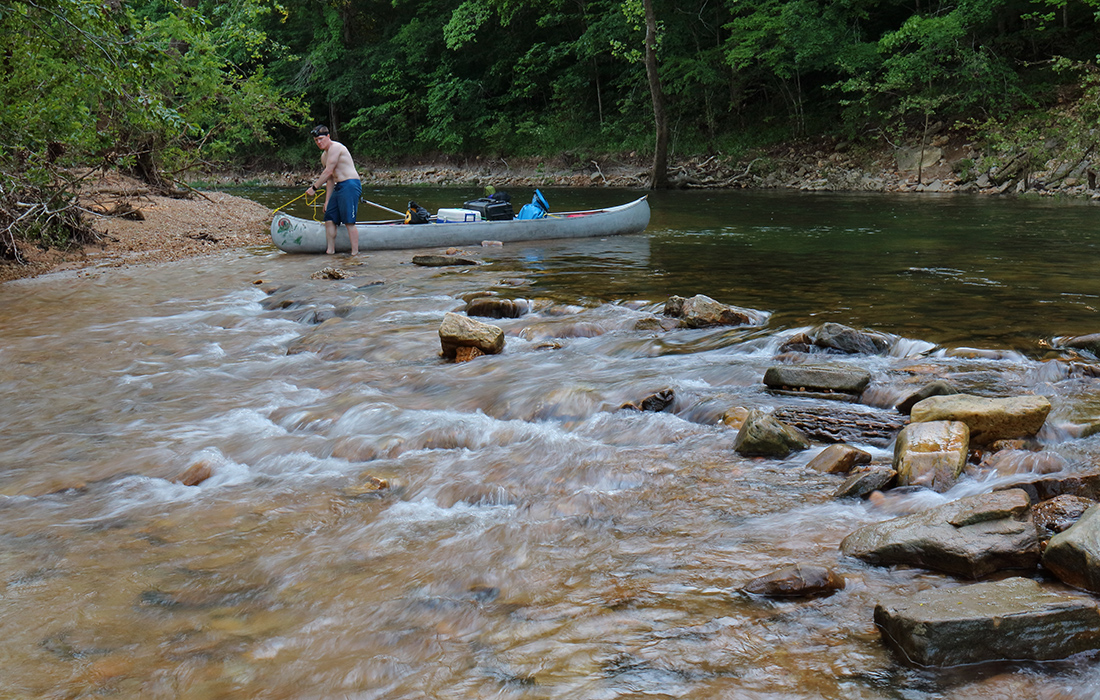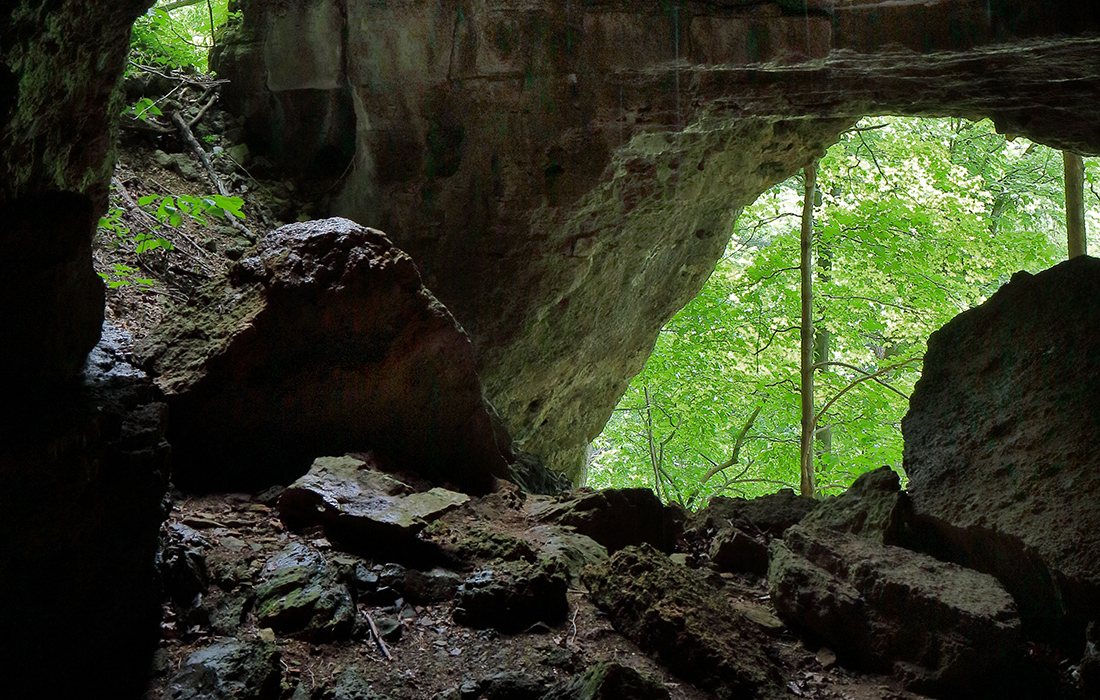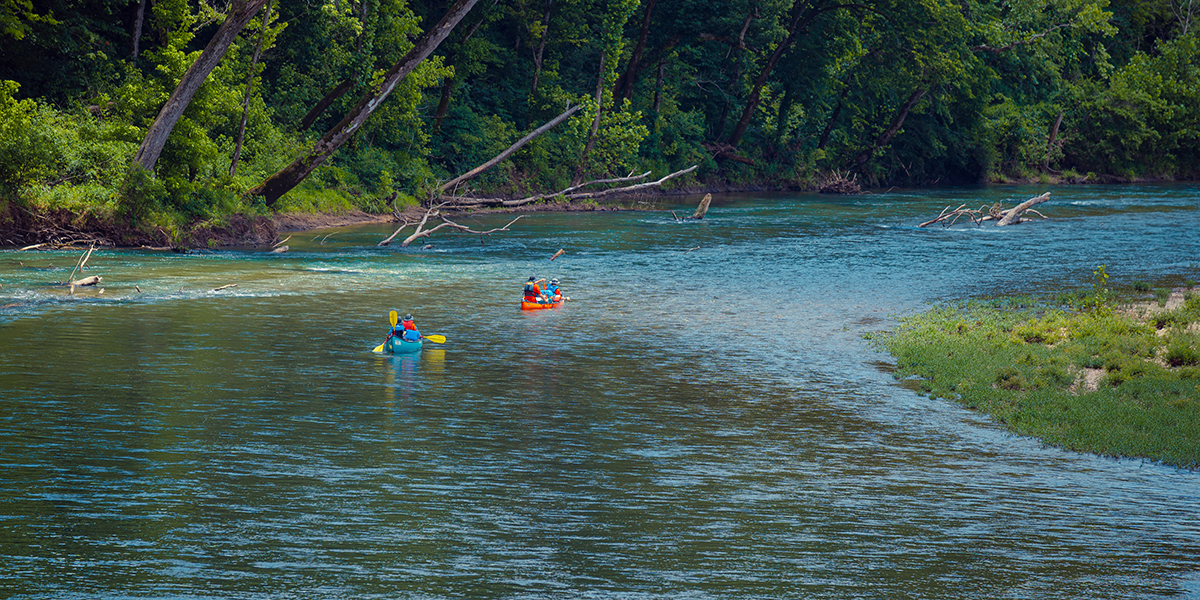Photographer Matt Faupel and his friend in adventure, Brian Grace, spent three days last spring floating the Upper Jacks Fork River, from the Prongs to Bay Creek, a river distance of 25 miles. Hoping to find some of the lesser-known geologic features of the river, Matt did his homework, studying the area and relying on the book, Geologic Wonders & Curiosities of Missouri. His research led him to discover the beauty of the river’s headwaters. Most canoeists, he learned, put in at Buck Hollow nearly seven miles downriver, missing some of the most beautiful bluffs and wildest scenery on the river. Matt and Brian chose to start their Jacks Fork journey at the beginning—the Prongs access point in Texas County (mile marker 0.0 on the map).
“The river was pretty low, and although we were advised against it, we put in at Prongs anyway,” Matt says. The feeling, he says, was that of being in a tight canyon.
Come along, and let Matt be your guide to the discoveries.








Related Posts
Come float away with the Current and Jacks Fork rivers
Although the Ozark National Scenic Riverways is a national park, it sometimes seems like it is the best-kept secret in the state.
Discover World-Class Culture in Columbia
World-class culture...In Columbia? You bet! Columbians know what visitors discover, that they have access to high culture right in mid-Missouri.


